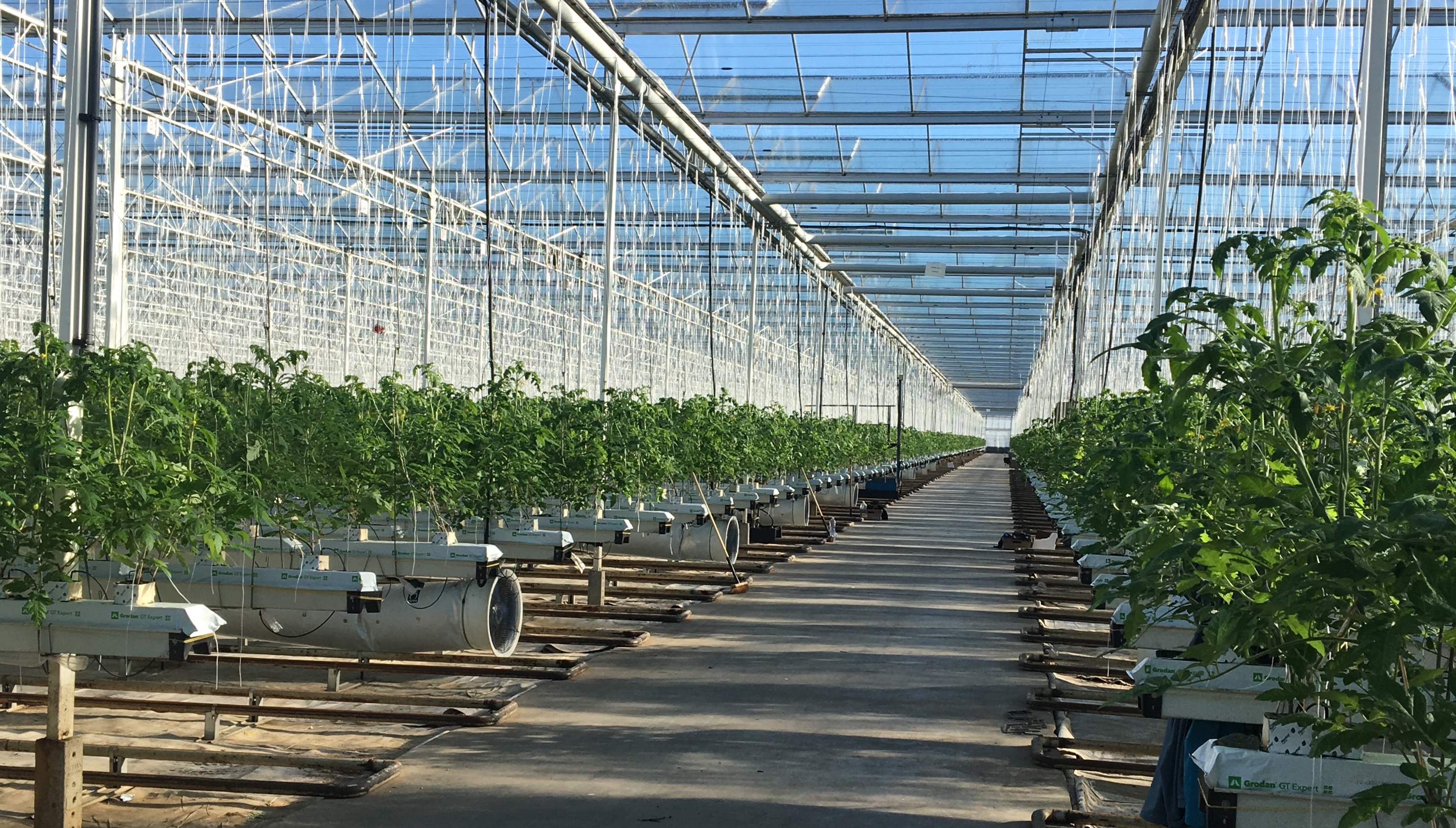Please click here to access the main AHDB website and other sectors.
All models are wrong, but some are useful
Wednesday, 16 December 2020
Effective greenhouse management can be a tricky process, often requiring a combination of skill, intuition and technology to get it right. What ‘right’ looks like though can be quite subjective: one grower’s strategy may differ from another’s, but the final results could be similar. And, of course, we’ll never know what the outcome would have been if anything had been done differently.
This is where computer modelling can be appealing, allowing simulation of different scenarios to see what might happen. While a grower with years of experience may have a good feel for what to do when presented with different conditions, the ever-present threat of climate change could pose new challenges. With the global climate predicted to warm by several degrees over the coming decades, the exact impact on growers is an unknown, but decreased winter heating and increased summer cooling seem plausible.
The IPCC has modelled several scenarios for global climate with different temperature increases resulting from climate change and the associated increase in radiative forcing (the additional energy trapped as a result of the greenhouse effect). Helpfully, the team at Hortinergy, a French organisation specialising in greenhouse climate modelling, has incorporated three of the IPCC pathways into their models. This allows growers to simulate their greenhouses in various scenarios, accounting for climate warming.
Undoubtedly, there are some complex algorithms operating in the background to generate any meaningful output, but it is important to remember that a model is always a simplification of reality. In that sense, all models are wrong – but some are useful. One can only hope that the things the programmers left out of the model weren’t as important as the things they kept in!

Topics:
Sectors:
Tags:

